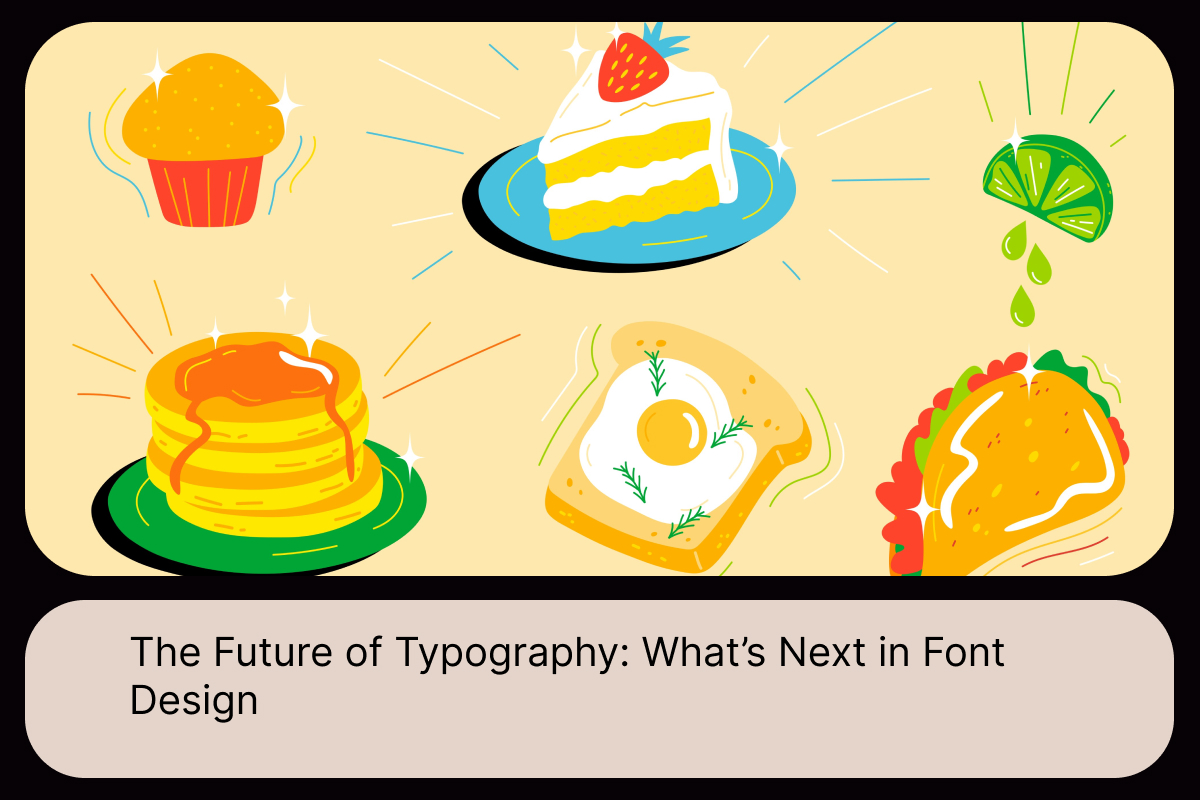Typography is evolving faster than ever, shaping the way we communicate in digital and print spaces. As we move into the next era of design, new technologies and creative innovations are redefining how fonts are created and used. What can we expect from the future of typography? Let’s explore the key trends that will dominate font design in the coming years.
The Rise of AI-Generated Fonts
Artificial intelligence is transforming the world of type design. AI-powered tools now assist designers in creating custom fonts faster, optimizing letterforms for readability, and even generating entirely new styles. As machine learning advances, we can expect AI-generated typefaces to become more sophisticated, adaptive, and widely used in both branding and digital media.
Variable Fonts Take Center Stage
Variable fonts are no longer a futuristic concept—they are rapidly becoming the industry standard. These fonts allow designers to adjust weight, width, and slant dynamically, providing greater flexibility without requiring multiple font files. This innovation improves website performance, enhances user experience, and offers endless creative possibilities for designers.
Bold and Expressive Typography
Minimalist sans-serifs have dominated digital spaces for years, but now, bold and expressive fonts are making a strong comeback. Designers are embracing high-contrast serifs, funky retro styles, and experimental typefaces to create unique brand identities. In 2025, expect to see more brands using type as a focal point rather than just a supporting element.
3D and Motion Typography
With the rise of augmented reality (AR), virtual reality (VR), and advanced animation tools, typography is stepping off the flat screen and into motion. 3D fonts and animated type are gaining popularity in web design, advertising, and social media. As digital experiences become more immersive, typography will need to evolve to keep up with interactive environments.
Sustainability in Typography
Sustainability is influencing every industry, including typography. More designers are considering the environmental impact of font choices, favoring typefaces optimized for digital screens to reduce ink and paper waste in print production. Additionally, low-energy fonts that consume less data are becoming relevant for eco-conscious brands and websites.
The Return of Handcrafted Fonts
In contrast to AI-driven designs, there is a growing appreciation for handcrafted typography. Designers are reviving calligraphy, brush lettering, and imperfect, organic typefaces to add warmth and authenticity to branding. This trend reflects a desire for human touch in a world increasingly dominated by automation.
Font Trends 2025: A Blend of Past and Future
The future of typography is not just about innovation—it’s about blending past and future elements. We will see a fusion of classic and futuristic styles, vintage-inspired fonts with modern refinements, and a balance between technology-driven and handmade designs. Font trends 2025 will embrace versatility, personalization, and creative freedom like never before.
Conclusion
Typography is on the brink of a major transformation. With AI, variable fonts, 3D type, and sustainability shaping the industry, the possibilities are endless. Designers who stay ahead of these trends will create more engaging, impactful, and future-proof designs. The future of typography is dynamic, and it’s only just beginning.







Leave a Comment